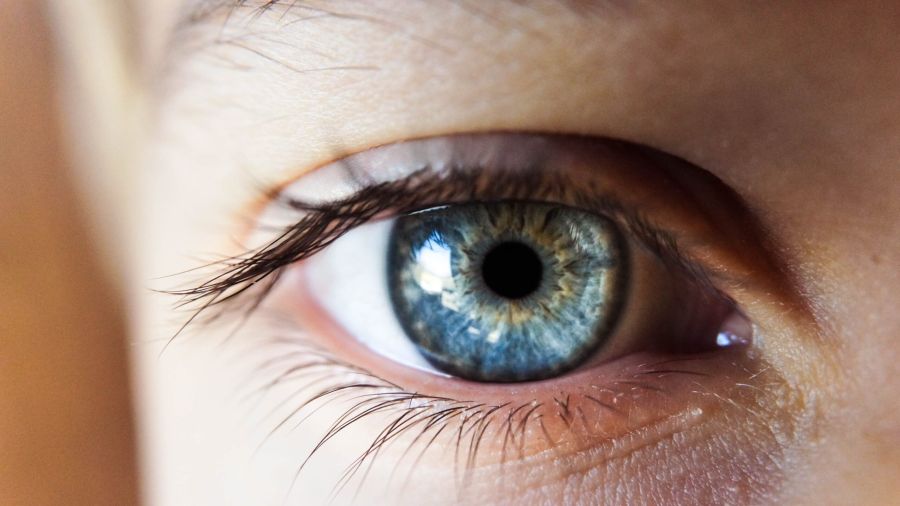Immediate sequential bilateral cataract surgery: a 13-year real-life report of 56 700 cataract operations
Pekko Hujanen, Anu Vaajanen, Tuukka Felin, Eemil Lehtonen, Ulla Syvänen, Heini Huhtala, Mika Helminen, Harri Sintonen, Anja Tuulonen , Hannele Uusitalo-Järvine.
Abstract
Background/aims: To assess the frequency of immediate sequential bilateral cataract surgery (ISBCS) and endophthalmitis during 13-year period in Tays Eye Centre, Tampere University Hospital, Tampere, Finland.
Methods: All cataract surgeries performed between 1 January 2008 and 31 December 2020, and all endophthalmitis cases during the same period were searched from electronic patient records. Numbers and frequencies of ISBCS, and complications, including endophthalmitis and vitreous loss, were recorded and compared with unilateral operations.
Results: The study included 56 700 cataract surgeries in 34 797 patients of whom 39% (n=13 445) had ISBCS. The median age of the patients was 75 (IQR 68-80, range 0.08-99) years at the time of surgery. The proportion of ISBCS patients increased from 4.2% in 2008 to 46% in 2020. Vitreous loss occurred in 480 (0.9%) of cataract surgeries. There were no postoperative endophthalmitis after cataract surgery (n=0) during the 13-year period.
Conclusion: The proportion of patients undergoing ISBCS increased from 4.2% in 2008 to 46% in 2020. No endophthalmitis were found to be associated with ISBCS.
Keywords: Infection; Lens and zonules; Treatment Surgery.
Source: Pubmed
